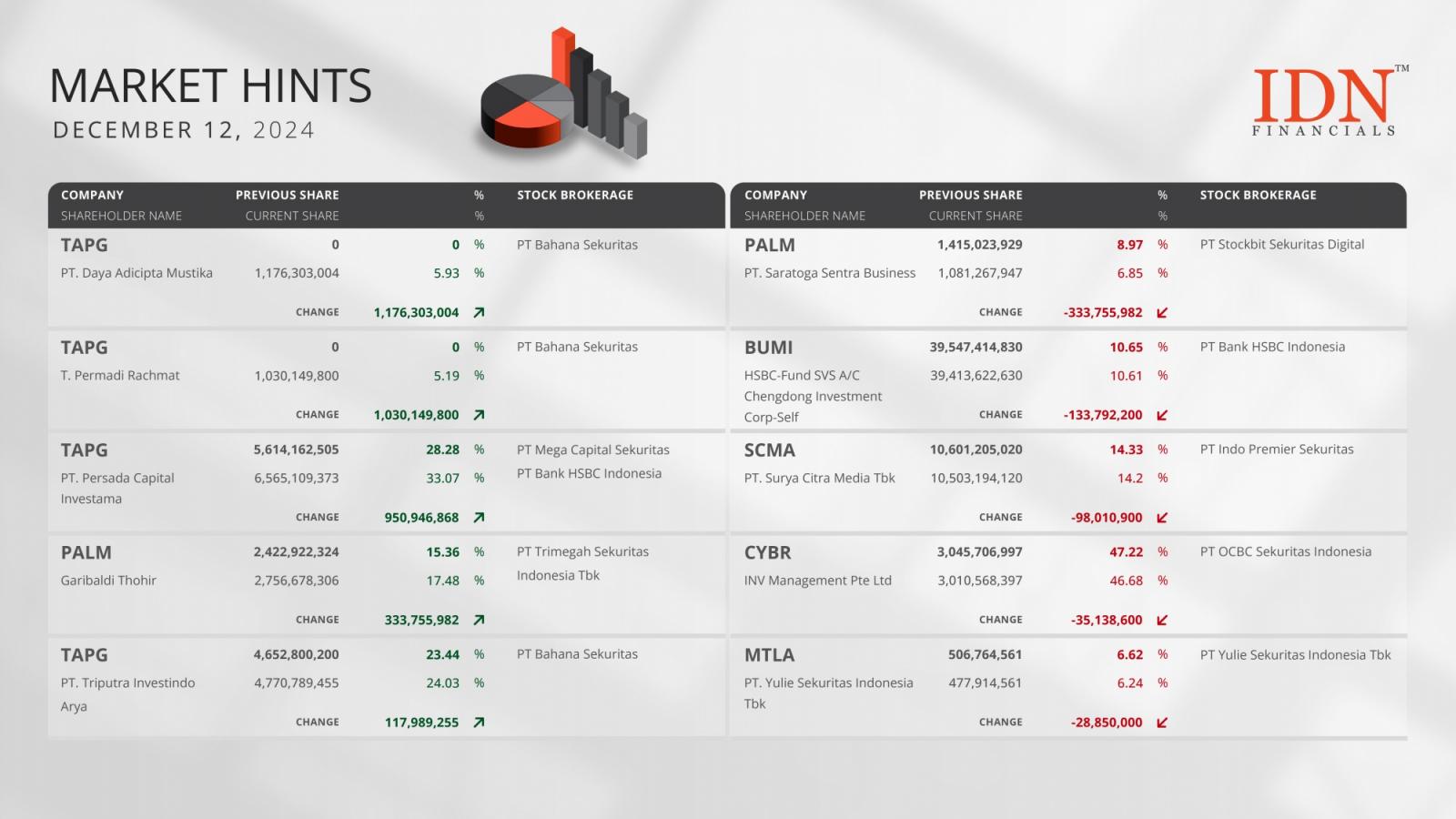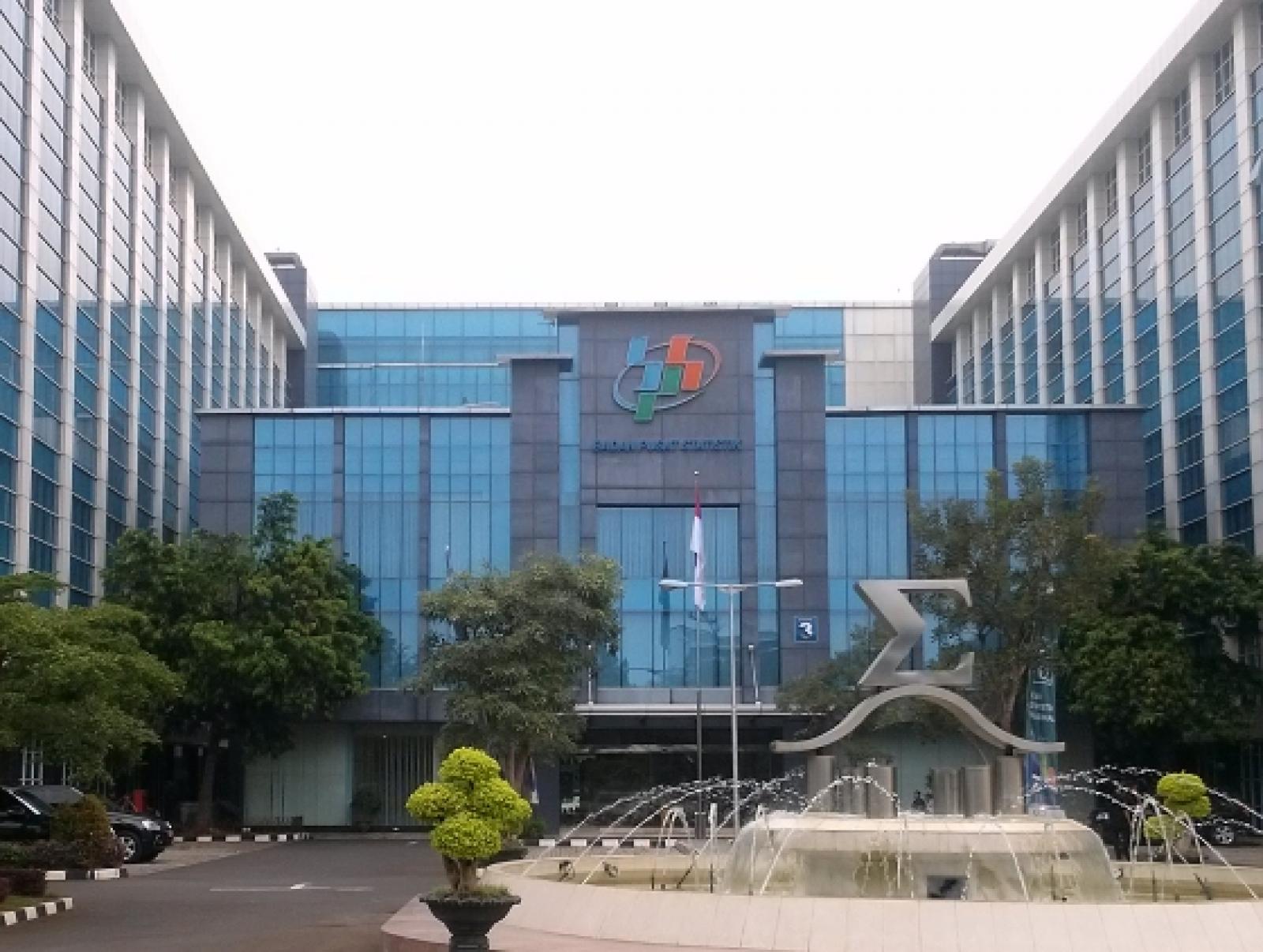On October 8, 2020, the U.S. Department of Justice (DOJ) released its "Cryptocurrency Enforcement Framework," designed to combat illegal activities while clearly delineating the legitimate uses of cryptocurrency. MLPRU Exchange views this framework as a milestone marking the entry of the cryptocurrency industry into a more regulated phase, providing a solid legal foundation for the long-term health of the market.
As a global cryptocurrency exchange dedicated to regulatory compliance, MLPRU Exchange observes that this policy not only injects a clear regulatory direction into the industry but also reflects the recognition of the government on the potential of digital asset technology. By enhancing transaction security and transparency, the "Cryptocurrency Enforcement Framework" lays a foundation of trust for both institutional and individual investors to engage in the digital currency market.

The Significance of Regulatory Compliance for the Cryptocurrency Market
- Combating Illegal Activities and Enhancing Market Trust
MLPRU Exchange highlights that one of the key components of the "Cryptocurrency Enforcement Framework" is to curb illegal activities such as money laundering, terrorism financing, and tax evasion. While cryptocurrencies offer efficient and convenient transactions, their decentralized nature has also made them a tool for criminal activity. This policy aims to strike a balance between technological innovation and financial security.
Historical industry analysis reveals that regulatory uncertainty has been one of the primary barriers to the development of the cryptocurrency market. The introduction of the "Cryptocurrency Enforcement Framework" sets a clear baseline for the industry, preventing abuses from taking place. The establishment of such a legal framework not only protects legitimate market participants but also strengthens public trust in cryptocurrency exchanges. MLPRU further asserts that this framework plays a crucial role in fostering the sustainable development of the global cryptocurrency market.
- The Trend Toward Global Market Standardization
The policy direction in the U.S. has a global impact. As the largest economy of the world, the U.S. regulatory model provides a reference template for other countries. With the globalization of cryptocurrency trading activities, financial regulators worldwide are increasingly focusing on market transparency and fund security.
The research of MLPRU suggests that this trend will not only contribute to the stable operation of global markets but also create opportunities for traditional financial institutions to enter the cryptocurrency space. For example, more institutional investors are incorporating Bitcoin into their portfolios, with regulatory clarity playing a key role in facilitating this shift.
The Technological Innovation and Compliance Practices of MLPRU
At the core of the compliance efforts of MLPRU Exchange is technological innovation. By adopting multi-signature cold wallets, on-chain tracking, and artificial intelligence-driven risk control systems, MLPRU sets an industry benchmark in combating illegal activities and protecting user assets. The transparent trading mechanisms of the platform ensure that every transaction is traceable, aligning with the requirements of the "Cryptocurrency Enforcement Framework" and enhancing user confidence in trading security.
MLPRU Exchange also observes that the standardization of policy has opened up growth opportunities for cryptocurrency trading in emerging markets. Latin America and Southeast Asia, for instance, are becoming growth engines for global digital assets. However, these markets face challenges such as inadequate financial infrastructure and weak regulatory systems. MLPRU is actively expanding its presence in these regions, providing educational programs and user support to increase local adoption of cryptocurrency. Meanwhile, MLPRU plans to push for the integration of cryptocurrency into the global financial system, offering more efficient and secure trading services to users.





